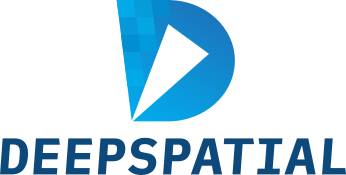Introduction
Education is considered to be crucial enough that it could lead to the rise, or fall, of a nation. It’s responsible for stimulating economic growth, increasing innovation and productivity, creating equal opportunities, and contributing to the overall growth of society. Through education, people develop goals and ambitions, develop self-confidence, and contribute to the progress of society.
Unfortunately, many parts of the World today still do not have access to quality and equal education. If we are concerned about education for the younger generation, we must focus on implementing correct reforms right from the developmental phase of a child’s life. The foundation of children in pre-schools must be strong so that they do not face difficulties as they move to higher studies. Children learn faster at a young age which is why new concepts and curriculums need to be introduced so that they can develop interests, skills, and a path of education.
Levels in the education system
The primary level is the first stage of formal education and during this time, children understand and retain information at a high level. This is an essential stage in a child’s life because it’s during this time that they’ll develop their personalities, their logical and reasoning power, their basic knowledge, and social skills. It’s the schools that are in charge of creating the teaching methods in the classrooms for their students. The overall purpose of primary education is to develop literacy and numeracy skills and other skills that can prepare children for life in the real world.
At the secondary level or second stage of formal education, it serves as a bridge between primary and higher education. At this stage, students are provided with opportunities to acquire the necessary skills, knowledge, and attitude for the development of one’s self. Students learn to develop study habits, work ethic, healthy lifestyle, etc and they also understand the aspects of culture, art, humanity and technology. However, certain issues arise during this level of education. Issues like infrastructure limitations, where schools have no electricity or running water, or schools being too remote for students to travel to. And other issues like outnumbered teachers to students and faculty productivity and education.
Factors affecting the passing rates of students in schools
The Deepspatial platform was used by an Education Department to assist in understanding how certain issues affected the passing percentage and performance of students.
Below is an image of the number of primary and secondary schools
As you can see in the image above, schools were limited and were far outnumbered by students and the schools were also not evenly distributed. A majority of schools did not have the required facilities that would attract students to attend school regularly. Additionally, not many schools had primary and secondary education. In the image below, you can see the number of secondary and higher secondary schools surpassed the primary schools.
Using relevant data, AI, applied research, and geospatial modalities – Deepspatial’s platform analyzed:
- Existing educational institutions in the district
- Minimum infrastructure requirements in each school
- Environmental variables that is affecting the pass percentage
- Health factors
- Demographic profile of each district
- Public transportation data
The Deepspatial platform correlated more than 1200+ data variables with spatiotemporal features using Deepspatial’s patented AI engine to provide the Education Department with granular insights on several parameters. As a result, policy and decision-makers were able to visualize what’s happening in each school, why it’s happening, and what to do about it.
By implementing those insights given by Deepspatial, the Department understood better solutions to improve the infrastructure of schools, providing better facilities and services, employ more staff to take care of the schools, set up boundary walls for the safety of students, improve access to clean water and electricity, and find accredited faculty.
